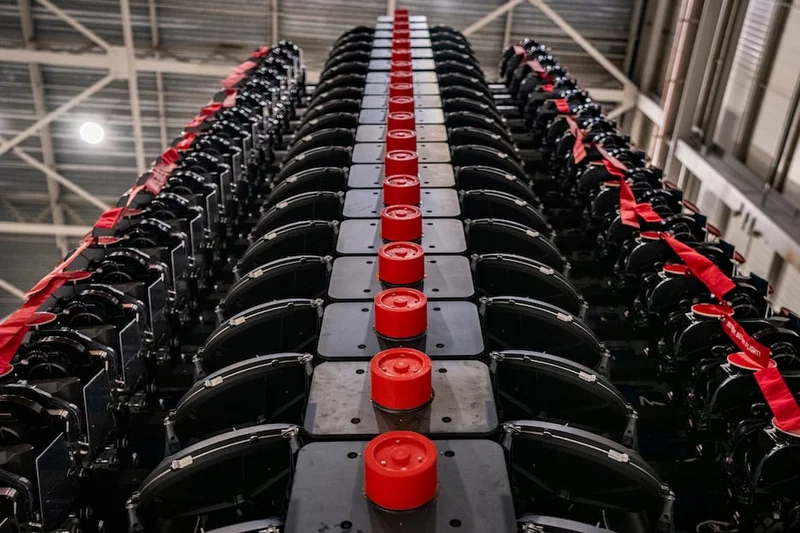Julian Vance: Starlink's Sky-High Attrition Rate
SpaceX's Starlink constellation, promising global internet access, faces a subtle but persistent challenge: satellites falling out of the sky. The question isn't whether it's happening (it is, at an increasing rate), but what the long-term implications are for the project's viability and the already crowded low-Earth orbit.
The Numbers Game: Launches vs. Re-entries
Since 2019, SpaceX has launched over 10,000 Starlink satellites. That's a staggering number. But, according to recent reports, over 500 have already experienced unplanned atmospheric re-entries. (That's roughly 5% of the total launched.) A thousand more have also re-entered, one or two a day, though it's not clear if these were planned deorbits or also failures.
The primary culprit? Increased solar activity. Solar flares and coronal mass ejections heat the upper atmosphere, causing it to expand and increase drag on low-Earth orbit satellites. This increased drag overcomes the satellites' orbital velocity, leading to a gradual descent and, ultimately, incineration in the atmosphere. SpaceX's Starlink and other satellites face growing threat from sun
But is solar activity the whole story? Are the satellites themselves perhaps more vulnerable than initially projected? The V3 satellites, designed to be larger and more capable (potentially even serving as orbiting data centers), also weigh significantly more—nearly four times the mass of the V2 Mini satellites. This mass increase likely exacerbates the drag issue, even with the advanced laser link technology Musk touts.
SpaceX continues to launch new batches of Starlink satellites; a recent launch from Kennedy Space Center (Starlink 6-89) deployed 29 more satellites. The Falcon 9 booster used for this mission (B1092) has flown eight times, demonstrating a degree of reusability. However, the focus on launch cadence might be overshadowing the less-publicized issue of satellite attrition.

A Data Center in the Sky? Maybe Not So Fast.
Elon Musk's vision of Starlink satellites evolving into orbiting data centers is ambitious. The idea is that these satellites, equipped with high-speed laser links, could offer remote computing capabilities, particularly for AI training. Starcloud, for example, plans to launch a test satellite with an Nvidia H100 GPU to explore this concept. Elon Musk: Future Starlink Satellites Will Become Orbiting Data Centers
However, the reality of atmospheric drag and satellite failures casts a shadow over this vision. If satellites are constantly falling out of orbit, the cost of maintaining a functional "data center in the sky" skyrockets. The economics simply don't work if you're replacing hardware every few years (or even months).
I've looked at hundreds of financial projections, and the capital expenditure models for space-based infrastructure are already incredibly sensitive to launch costs and satellite lifespan. A higher-than-expected failure rate throws those models into disarray.
And this is the part I find genuinely puzzling. Why isn't SpaceX being more transparent about the root causes of these failures? Are they solely attributable to solar activity, or are there design flaws or manufacturing issues contributing to the problem? The lack of clarity fuels speculation and undermines confidence in the long-term viability of the project.
So, What's the Real Story?
Starlink’s success hinges on more than just launch capabilities. It's about building a resilient, long-lasting infrastructure in a harsh environment. The current rate of satellite attrition raises serious questions about the sustainability of the project—and whether the dream of orbiting data centers will ever become a reality.
